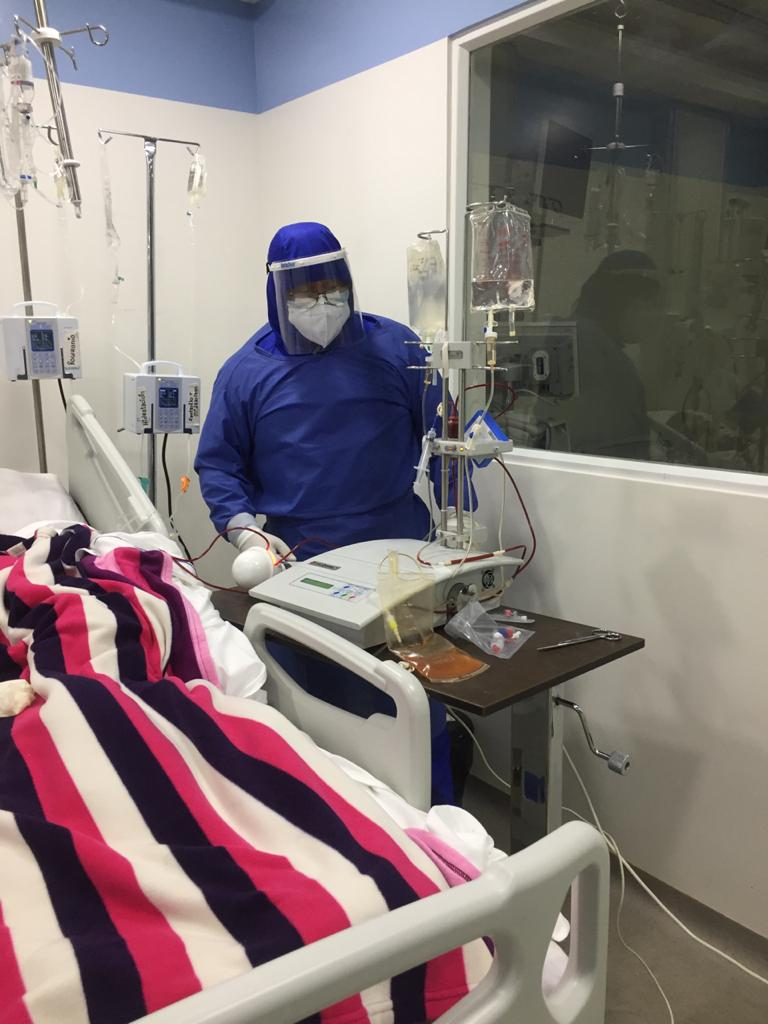Plasmapheresis as a therapeutic option in COVID-19 infection

The main factor in the success of plasmapheresis is to start in the early stages of inflammation, in which there is a very high concentration of inflammatory cytokines AND ESPECIALLY IN THEIR LATER RECOVERY. Also, the frequency of plasmapheresis is very important in controlling the disease. In this sense, the evidence shows that as soon as the treatment is finished, a significant improvement is observed.
The efficacy of plasmapheresis as adjunctive therapy in septic shock has led to the development of this method in respiratory virus infections with symptoms similar to septic shock. The purpose of plasmapheresis in the treatment of viral diseases, in addition to eliminating inflammatory and antifibrinolytic mediators and replenishing anticoagulant proteins, is to reduce the load of the virus in the blood.
In this regard, there is a report of double filtration plasmapheresis (DFPP) to reduce the viral RNA of the hepatitis C virus (HCV) with the reason that the HCV particles are large enough (approximate diameter 55-60 nm) to do not pass through the membrane. so they can be removed [2]. Taking into account the size of SARS-CoV2 (60-140 nm), the use of DFFP appears to be effective in reducing virus load due to its ability to eliminate particles larger than 60 nm.
However, the main use of plasmapheresis in viral infections is to reduce the burden of cytokines and abnormal clotting factors. In this regard, an artificial liver blood purification system was used to treat patients with severe H7N9 influenza infection [34]. Positive results were demonstrated in terms of marked reduction in 17 cytokine / chemokine levels [35]. In another study, therapeutic plasmapheresis for H1N1 influenza was used during the global pandemic of the virus in 2009. Three children in a pediatric ICU had developed ARDS, cytokine release storm (CRS) and were haemodynamically compromised. Using the filtration exchange method, the patients underwent 2 TPE procedures, which led to dramatic reductions in oxygen and vasopressor requirements and significant drops in their pediatric organ dysfunction scores. All 3 patients tolerated the TPE procedures without adverse effects and finally survived with good functional status at discharge.

